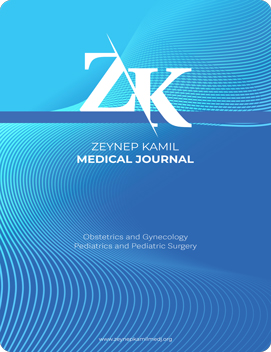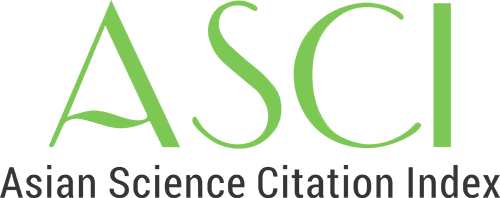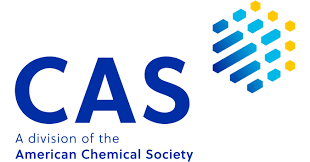Quick Search
Hormonal interplay in hyperprolactinemia: Insights from a large-scale study of reproductive-age patients
Reyyan Gökçen İşcan, Müşerref Banu YılmazDepartment of Obstetrics and Gynecology, University of Health Sciences, Turkey. Istanbul Zeynep Kamil Maternity and Childrens Diseases Health Training and Research Center, Istanbul, TurkeyINTRODUCTION: This study examined serum prolactin and reproductive hormone levels in women with elevated prolactin levels, with a particular focus on fertility status. The objective was to understand how prolactin affects reproductive hormones in infertile women, aiming to improve diagnostic and therapeutic strategies.
METHODS: The study involved 847 women aged 1846 years who visited gynecology outpatient clinics between January and October 2019. Participants with prolactin levels ≥26 μg/L underwent hormone testing on the second or third day of menstruation. Patients were categorized based on fertility status and prolactin levels, specifically into groups of 26100 μg/L and >100 μg/L. Demographics, symptoms, medical history, and hormone profiles were analyzed using NCSS 2007 software, employing descriptive methods, the chi-squared test, and Spearmans correlation.
RESULTS: A statistically significant yet very weak negative correlation was identified between prolactin and estradiol levels in patients with moderate hyperprolactinemia (26100 μg/L), as well as in both infertile and non-infertile subgroups. No significant associations were found between prolactin and gonadotropins (FSH=folliclestimulating hormone, LH=luteinizing hormone) or progesterone, regardless of prolactin level or fertility status. In patients with highly elevated prolactin levels (≥100 μg/L), no statistically significant correlation was observed between prolactin levels and any measured reproductive hormone levels.
DISCUSSION AND CONCLUSION: This cross-sectional study provides insights into the hormonal interplay in hyperprolactinemia, showing that serum prolactin levels are weakly correlated with estradiol levels and are not significantly associated with gonadotropin levels in clinical settings. These findings suggest that prolactin may impair reproductive function through indirect mechanisms not captured by static hormone measurements. Future research should incorporate longitudinal designs and clinical outcomes to further elucidate the relationship between prolactin and reproductive function.
Keywords: Estradiol, gonadotropins, hyperprolactinemia, infertility, reproductive hormones.
Manuscript Language: English
















